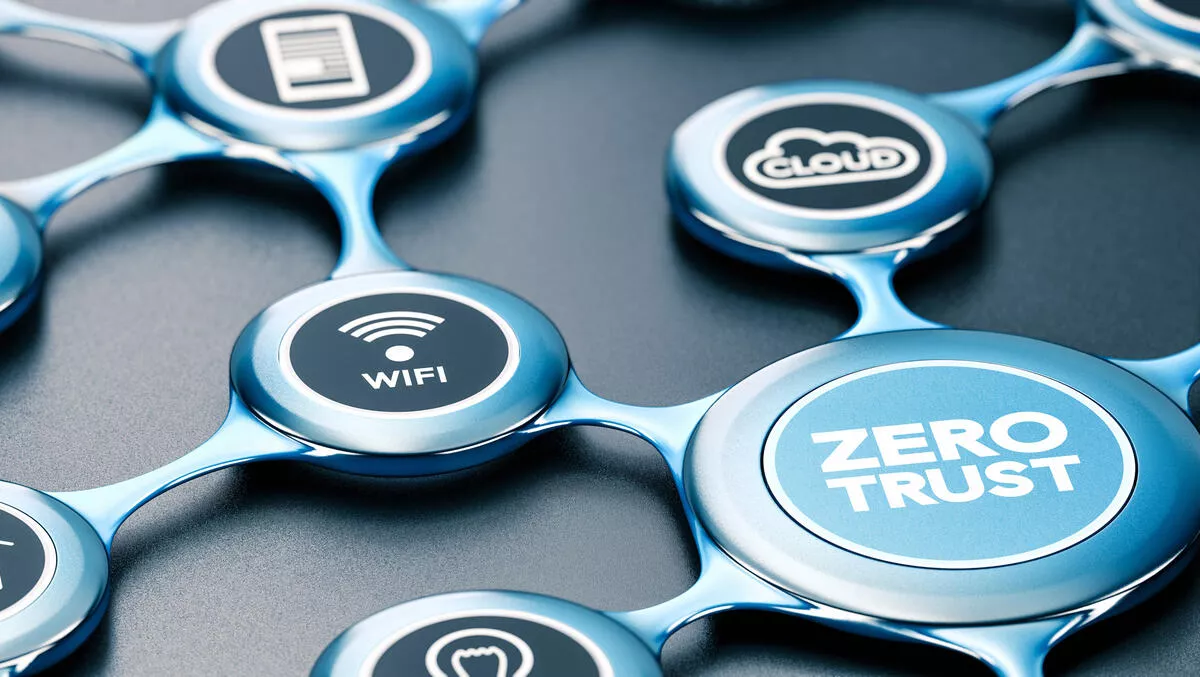
A10 Networks expands security portfolio to bolster Zero Trust architectures
A10 Networks has enhanced its security solutions to help customers meet and accelerate their Zero Trust strategies.
Zero Trust eliminates implicit trust from information technology systems, and is embodied by the maxim 'never trust, always verify.' It recognises that internal and external threats are pervasive, and the de facto elimination of the traditional network perimeter requires a different security approach.
The company says every device, user, network, and application flow should be checked to remove excessive access privileges and other potential threat vectors.
Multi-layered protection should incorporate controls, from i) foundational visibility into encrypted traffic streams to stop infiltration from ransomware, malware, and other common attacks, ii) application workload protection through segmentation and advanced user authorisation and verification, and iii) sustainable user training in best practices to minimise risky behaviours, it says.
Zero Trust has become a major initiative for many organisations. Gartner observes, "the term "zero trust" has value as a shorthand way of describing a paradigm where implicit trust is removed from all of our computing infrastructure. Implicit trust is replaced with explicitly calculated, real-time adaptive trust levels for just- in-time, just-enough access to enterprise resources.
Modernise Network Security for Zero Trust
A10 has made enhancements to its security and infrastructure solutions to strengthen Zero Trust architectures for digital resiliency.
Infiltration visibility and protection - network and end-point infiltration visibility and prevention are foundational in protecting against encrypted ransomware, malware, and other malicious activities. Augmented TLS/SSL inspection management and deployment capabilities are available to aid in operationalising visibility.
Automated DDoS protection - application workload and infrastructure protection from escalating IoT, botnet and amplification threats with Zero-day Attack Pattern Recognition, using artificial intelligence/machine learning (AI/ML) technologies and new packet watermarking effectively mitigate malicious and unauthorised access.
Granular operational micro-segmentation - network and infrastructure segmentation isolates flows and processes to reduce the attack surface and lateral movement. The A10 Thunder Multi-tenant Virtual Platform (MVP) on Dell Technologies provides strongly isolated instances, in addition to application delivery partitions (ADPs), efficient containerised instances, and other options to achieve operational isolation.
Advanced user authorisation and verification – user workload access protection prevents unauthorised and bot access with stronger identity access management (IAM) via multi-factor authentication (MFA) and new CAPTCHA capabilities now common on consumer websites. Organisations can use application delivery capabilities as a bastion host, for external and internal users, to provide identity-based and context-based Zero Trust Network Access (ZTNA) policies with specific enforced access rather than full network or tunnel VPN access.
Real-time observability and central management - oversight into operational status and the ability to apply policy across multiple environments, including public, private and hybrid cloud infrastructures, reduce incident response times, human error, and complexity. Centralised analytics and management enhancements in A10 Harmony Controller apps include new IP tracing, granular access controls (RBAC), and more application usage views.
A10 says its solutions, as part of a strong Zero Trust architecture, help security teams eliminate unnecessary risk and become more efficient. Default configurations, encrypted traffic, excessive privileges, lack of micro-segmentation and emerging attack vectors lead to exploitation by threat actors and need to be addressed.
"These A10 solutions are being adopted by our customers in service provider and enterprise markets," the company says.
Dhrupad Trivedi, president and CEO of A10 Networks, adds, "Customers are facing unprecedented increases in both threats and vulnerabilities along with a critical shortage of cybersecurity professionals.
"Now with threats crossing over into the physical domain, it is more critical than ever before to ensure safety, security and compliance," he says.
"Service providers and enterprises are modernising their security approaches as recommended by the Zero Trust security model to ensure digital resilience and successful business outcomes."


